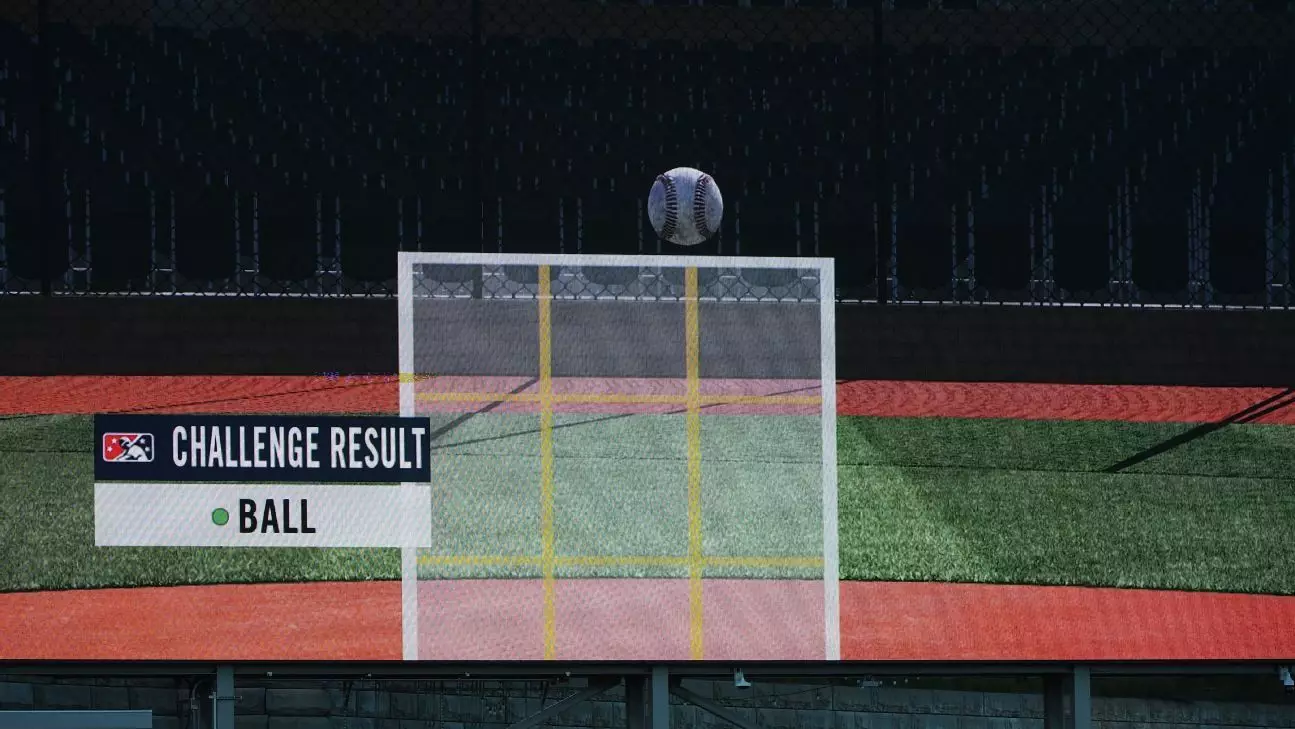Major League Baseball (MLB) is embarking on a pivotal journey by integrating an Automated Ball-Strike (ABS) challenge system into its spring training games, a move that signifies the ongoing evolution of baseball in adapting to technological advancements. With thirteen stadiums participating and over 60% of Cactus and Grapefruit League games utilizing this groundbreaking system, the league is aligning itself for a potential widespread adoption of ABS in the future. Despite the excitement, the transition to using this system in regular-season games is on the horizon—but not before 2026.
This initiative marks a significant turning point for the MLB, as it begins to test this technology at the major league level after extensive trials in the minor leagues. A key objective of these trials is to assess how a challenge system could enhance the game without compromising its traditional elements, which fans and players alike hold dear.
Challenges and Responsibilities: How It Works
This spring, each participating team will be given two challenges per game, a generous allowance intended to encourage players to engage with the system. Only players directly involved in the play—the batter, catcher, or pitcher—can initiate a challenge by signaling their intent with a tap on their helmet or hat. Importantly, this signal must occur immediately after the umpire’s call, emphasizing the need for quick thinking and strategy in real-time game situations.
The anticipation around this system is heightened by the immediate feedback provided to fans and players alike; results of challenges will be displayed on scoreboards and television broadcasts, allowing everyone to witness the decision-making process. This feature not only enhances the game’s transparency but also keeps the audience engaged, fostering a connection between the players’ actions and the spectators’ experience.
The ABS challenge system will be years in the making, with five dual-team stadiums in Arizona and eight teams across Florida committing to this experiment. Notable match-ups between teams like the Seattle Mariners and San Diego Padres, and the New York Yankees and Pittsburgh Pirates, will showcase this innovation. Each game played in these venues will feature the challenge system, as officials gather data pivotal for informing the league’s decisions on the system’s future.
The plan is to gather comprehensive insights throughout the spring training season and evaluate them in alignment with performance metrics from Triple-A baseball during the 2025 regular season. This systematic approach ensures that any shift towards embracing ABS is data-driven and well-informed.
One of the primary motivations for introducing this challenge system is to balance technological intervention with the cherished human nuances of baseball. Feedback from players and fans during prior minor league tests indicated a preference for retaining some level of human decision-making—specifically, traditional pitch framing performed by catchers, which adds a layer of strategy seldom replicated by machines.
Moreover, the league anticipates that incorporating a challenge system may make games more dynamic. With approximately 3.9 challenges per game recorded during past experiments—notably showcasing a 50% overturn rate—players will need to learn to strategically time their challenges based on their insights and varied game scenarios. The estimated 17-second duration for these challenges is relatively short, allowing the game to maintain its flow without excessive disruptions.
As MLB prepares for this technological leap, the ultimate aim is to refine the fairness and accuracy of ball-strike calls while preserving the sport’s integrity. By observing player dynamics, fans’ engagement, and game decisions throughout the trial phase, MLB officials hope to establish whether this ABS model is suitable for regular-season deployment.
As anticipation builds for the Dodgers vs. Cubs matchup at Camelback Ranch, which will be the first to implement the challenge system, baseball enthusiasts eagerly await the outcome of this technological integration. The success of this initiative could redefine how baseball is experienced by players and fans alike, ushering in a new era of fairness in America’s beloved pastime.

